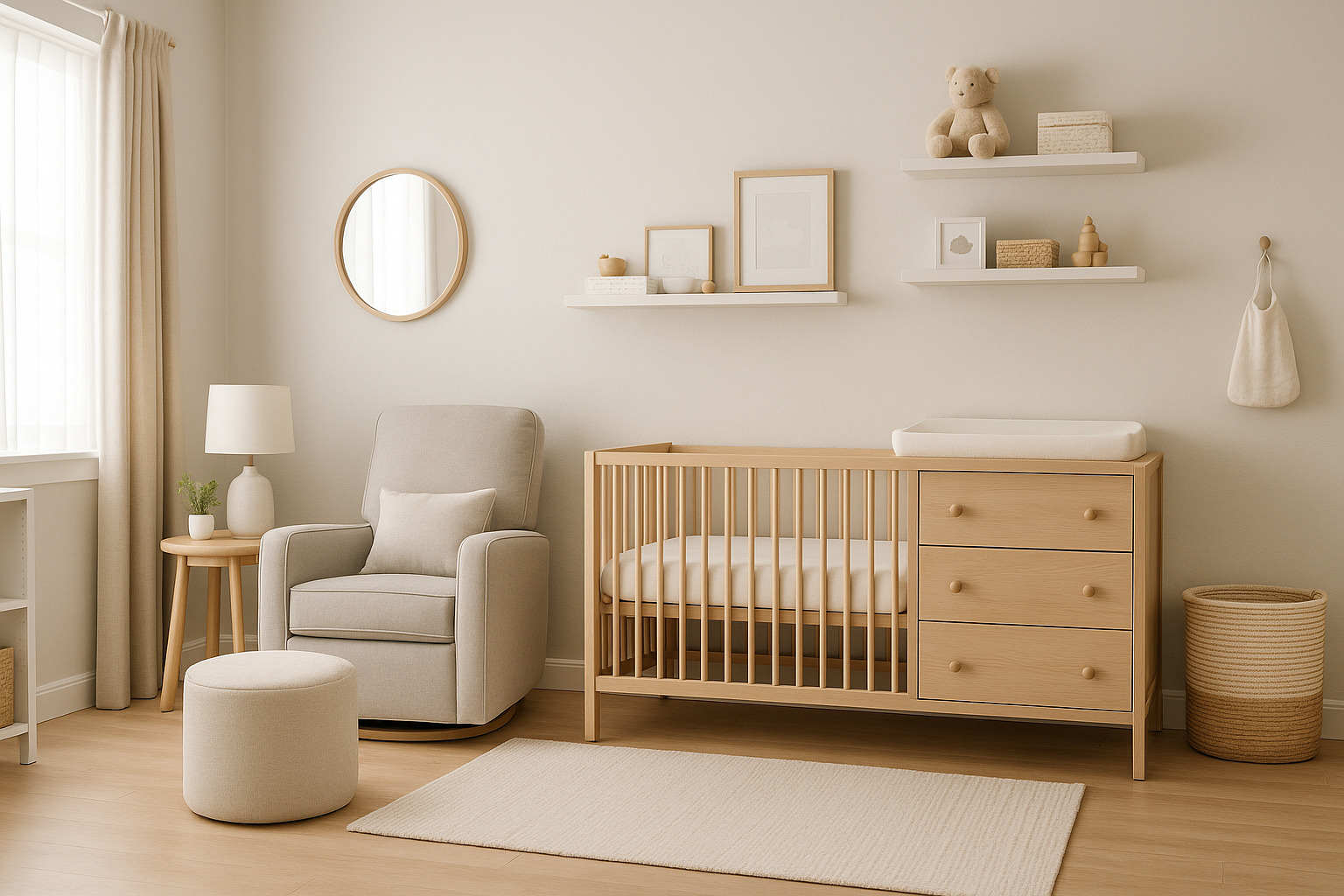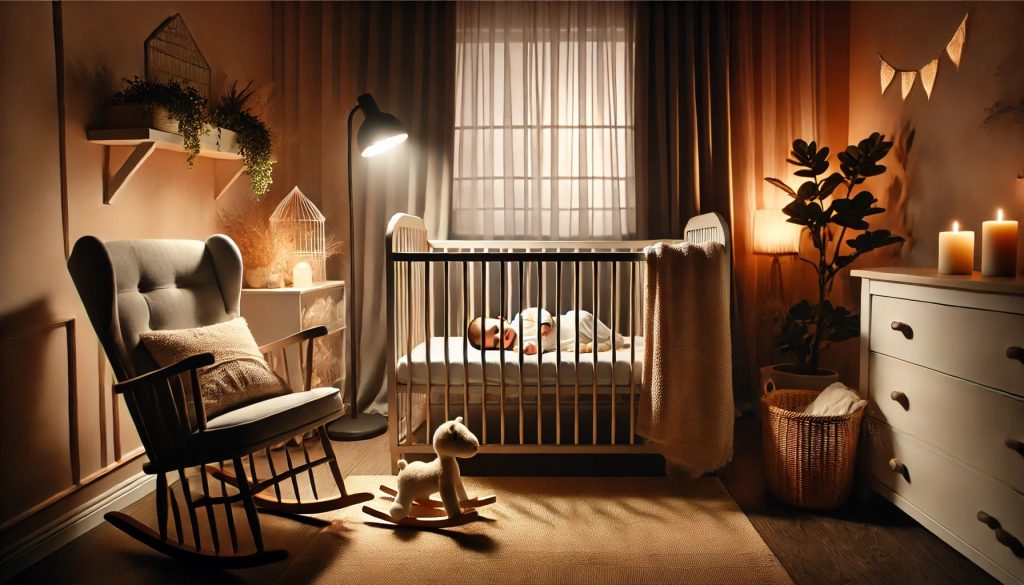Designing a nursery that feels warm, organized, and practical is one of the first big steps in preparing for your baby’s arrival. Parents often ask how to balance comfort with utility. The answer lies in thoughtful design, smart furniture choices, and a calm atmosphere.
Choose a Soothing Color Scheme
Babies respond well to soft, neutral tones. Think warm whites, muted pastels, or earthy shades. These colors help create a peaceful environment for rest and feeding. Avoid overstimulating patterns on large surfaces. Instead, add character through artwork or subtle wall decals.
Prioritize Smart Storage
You’ll accumulate more baby gear than expected. Planning for storage upfront will save daily frustration.
Ideas for practical storage:
- Baskets for diapers, creams, and wipes
- Open shelving to display toys or books
- Under-crib bins for extra bedding
- A tall dresser with drawer organizers
- Wall hooks for towels, hats, or sleep sacks
Label everything. A labeled nursery runs smoother, especially during late-night changes.
Invest in a Quality Crib
A crib is more than a place to sleep. It’s a long-term investment. Many cribs convert to toddler beds, stretching their usefulness.
What to check before buying:
- Slats should be no more than 2 3/8 inches apart
- Look for non-toxic finishes
- Adjustable mattress height
- Converts to toddler or full-size bed
Skip drop-side models. Safety standards have changed, and they are no longer recommended.
Add a Comfortable Chair
Midnight feedings, storytime, and snuggles all happen here. Choose a chair with arm support, gentle motion (rocking or gliding), and washable upholstery. A side table and soft lamp nearby complete the corner. Keep burp cloths and pacifiers within reach.
Plan Lighting with Care
Babies nap frequently, day and night. Harsh lighting can disrupt sleep. Aim for a mix of:
- A dimmable overhead light
- Soft bedside or wall sconces
- Blackout curtains to control sunlight
Consider installing a nightlight or low-watt bulb for nighttime changes.
Design a Changing Station That Works
A changing table or dresser with a pad on top can work equally well. What matters is functionality and safety.
Must-have features:
- Safety straps or guardrails
- Space for diapers, wipes, and creams within arm’s reach
- A laundry bin nearby
- Easy-to-clean surfaces
Stock this area like you’re preparing for a marathon—because sometimes, that’s exactly what it feels like.
Think Long-Term with Decor
The baby phase passes quickly. Choose decor elements that can grow with your child.
Try these:
- Neutral wall art over baby-themed designs
- Furniture in solid colors rather than characters
- Removable wallpaper or decals
- Rugs in timeless patterns
Swap out small accents like bedding or toys to refresh the look as your child grows.
Keep Safety Top of Mind
Safety isn’t a feature—it’s the foundation. Anchor heavy furniture to the wall. Keep cords, blinds, and small items out of reach. Use outlet covers. Avoid pillows, blankets, and bumpers in the crib.
Test the room by getting down on the floor. What’s visible, reachable, or tempting?
Add a Touch of Personal Meaning
Every nursery should reflect a bit of heart.
Simple personal touches:
- A framed photo or quote
- A handmade blanket
- A mobile crafted by a family member
- Books from your childhood
These small details give the room a story beyond its function.
Checklist for Final Setup
Use this list before calling the nursery complete:
- Crib assembled and secured
- Changing station stocked
- Monitor tested and working
- Laundry system in place
- Baby clothes organized by size
- Diaper and feeding supplies ready
- Comfort items added (blanket, soft music, scent diffuser)
- Electrical outlets and furniture safety-proofed
A cozy, functional nursery isn’t built on trends. It’s built on thoughtful choices that support your baby’s needs and your peace of mind. Start with the basics, layer in warmth, and keep flexibility in mind. You’ll spend many hours here—make each one easier.





